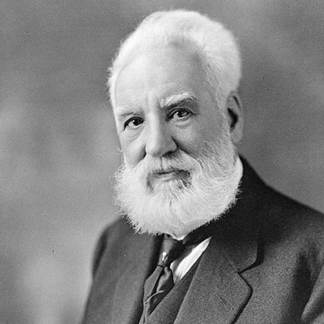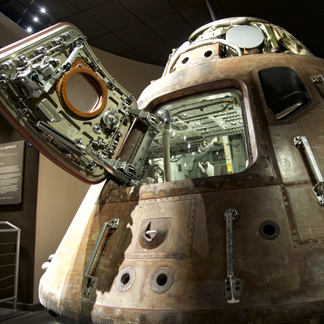
Whenever disasters affect the earth, there is a tremendous emotional toll on not only the victims, but humanity as a whole.
Within tragedy, the brilliance of our societal resilience shines; we come back bigger, stronger, and more united. From economic hardships to disasters both natural and man-made, we find the right course and learn from mistakes.
One of our Facebook posts, we included a quote from Alexander Graham Bell that reads, “Great discoveries and improvements invariably involve the cooperation of many minds.” That quote encompasses the heart and soul of what being an engineer is all about. The spirit of teamwork is perfectly represented by the story of the Apollo 13 flight. You are probably familiar with the story because of Ron Howard’s theatrical version featuring Tom Hanks. However, the unsung heroes that averted a tragedy are the engineers that came together to work on solutions to the problems plaguing the flight, using only what the astronauts had on hand.
In April of 1970, Apollo 13, the 7th crewed spaceflight mission, blasted off for a lunar landing. However, the mission had to be aborted due to an explosion in one of the oxygen tanks. The new mission was to bring the three astronauts, Jim Lovell, Jack Swigert, and Fred Haise, back home alive. The plan was to move the three astronauts to the lunar module (which engineers had anticipated thus had it prepared) and have them “slingshot” around the moon to hit the re-entry window. Now, NASA’s engineers, with only 90 hours, had to improvise new processes and procedures. Most notable example was to adapt the command module’s carbon dioxide removal cartridges to work in the lunar module using duct tape, plastic, and other readily available items.
There’s a great article written for Engineering.com by Vincent Smith called Great Moments in Engineering History: Apollo 13 that captures the spirit, collaboration, and genius of the efforts put in by NASA, as well as spotlighting the importance of engineering. The Apollo 13 spaceflight emphasized the importance of accurate details. There is no “good enough” in engineering regardless of the industry. Even a tiny miscalculation can cause irreparable structural damage or endanger lives.
Finally, the rescue put into focus for the average person what makes engineering such a fascinating pursuit, and those involved in it worthy of respect. Many times, we get to see the fruits of engineering labor after the fact. But rarely does the problem-solving process—the endless repetitions and failures, and the hours of analyzing a situation from a hundred different angles to find a solution—get acknowledged.
Apollo 13 was recorded as a successful mission due to the quick work and team effort of ground control and the astronauts. Many protocol changes were made to improve future spaceflights and engineers became the heroes of NASA. Great minds make great discoveries in the face of adversary. This is what an engineer does.

